Дивень. Весільний ритуал/Wedding ritual (UA/EN)
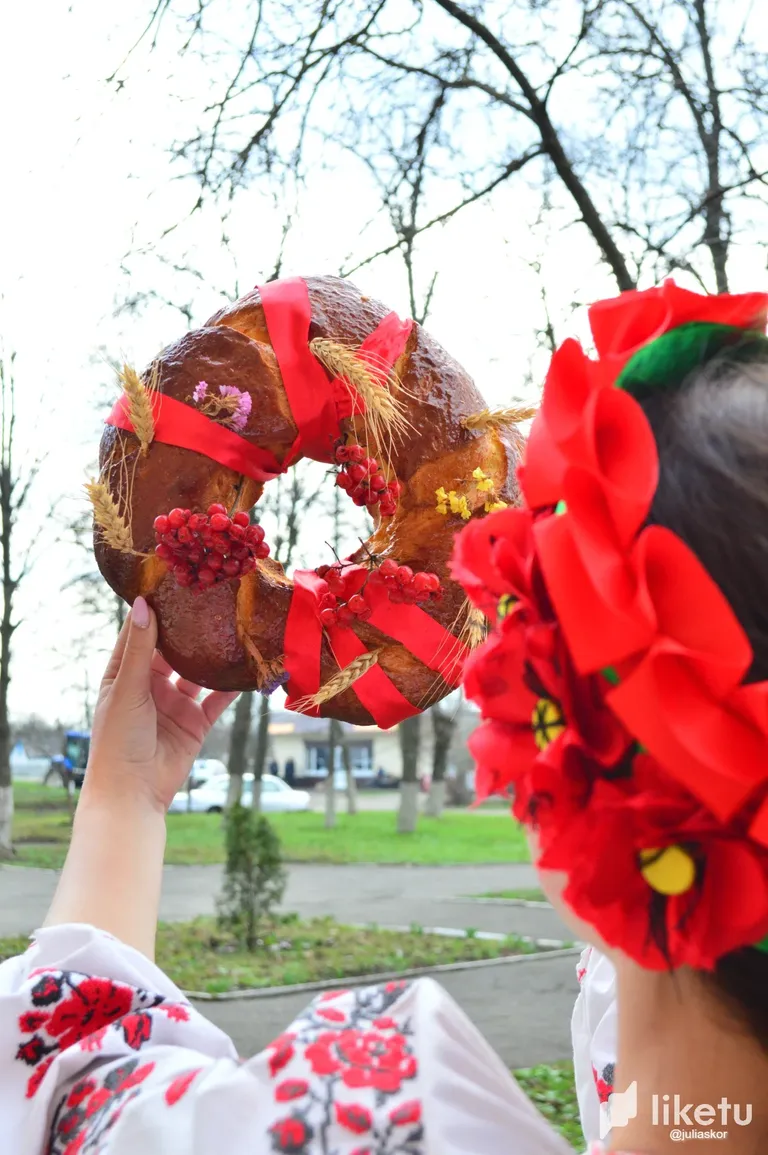
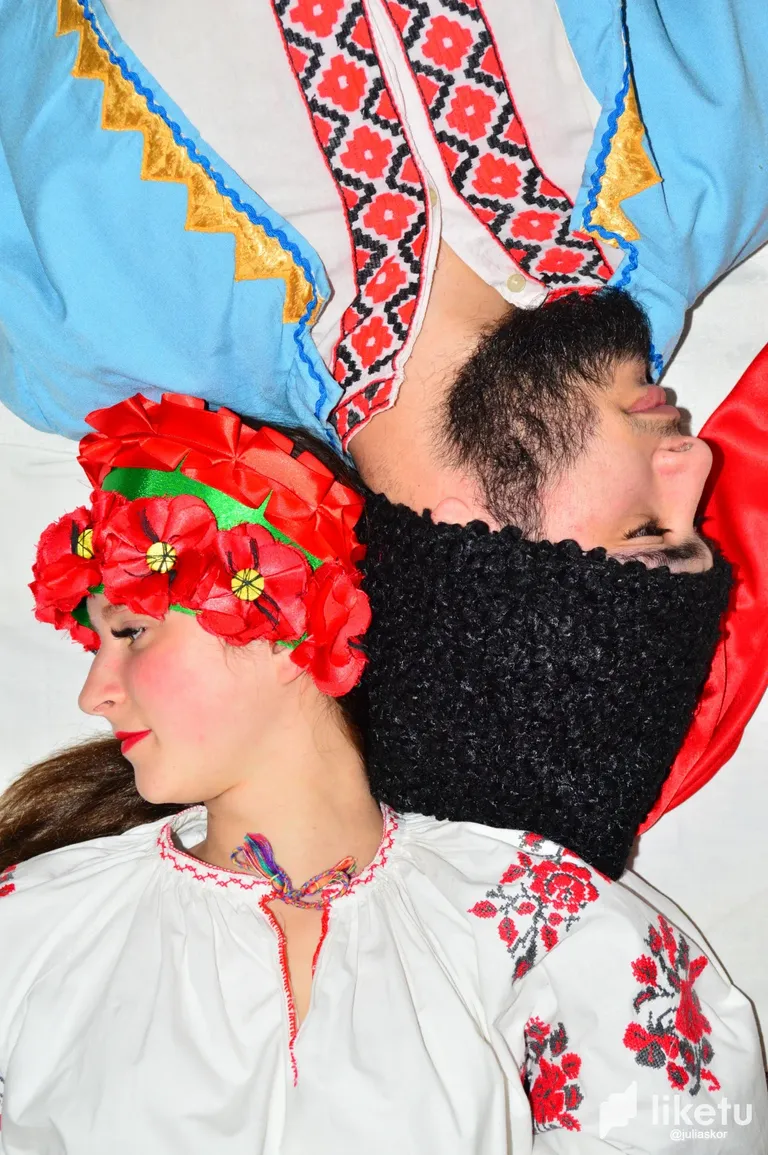
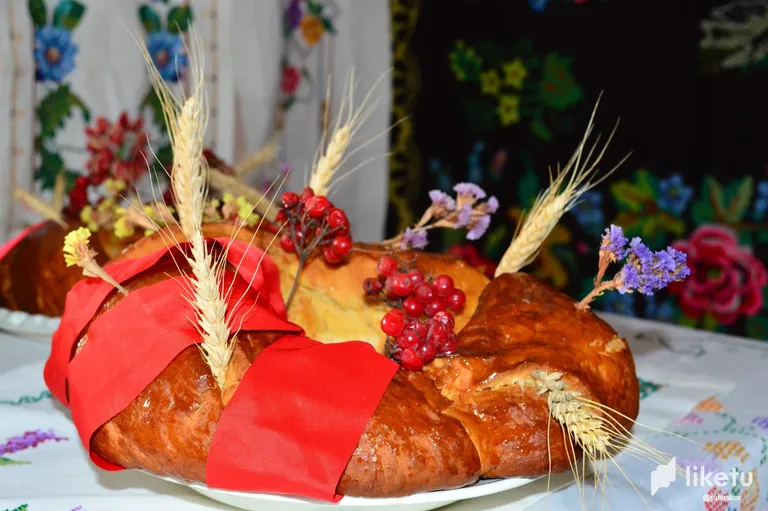

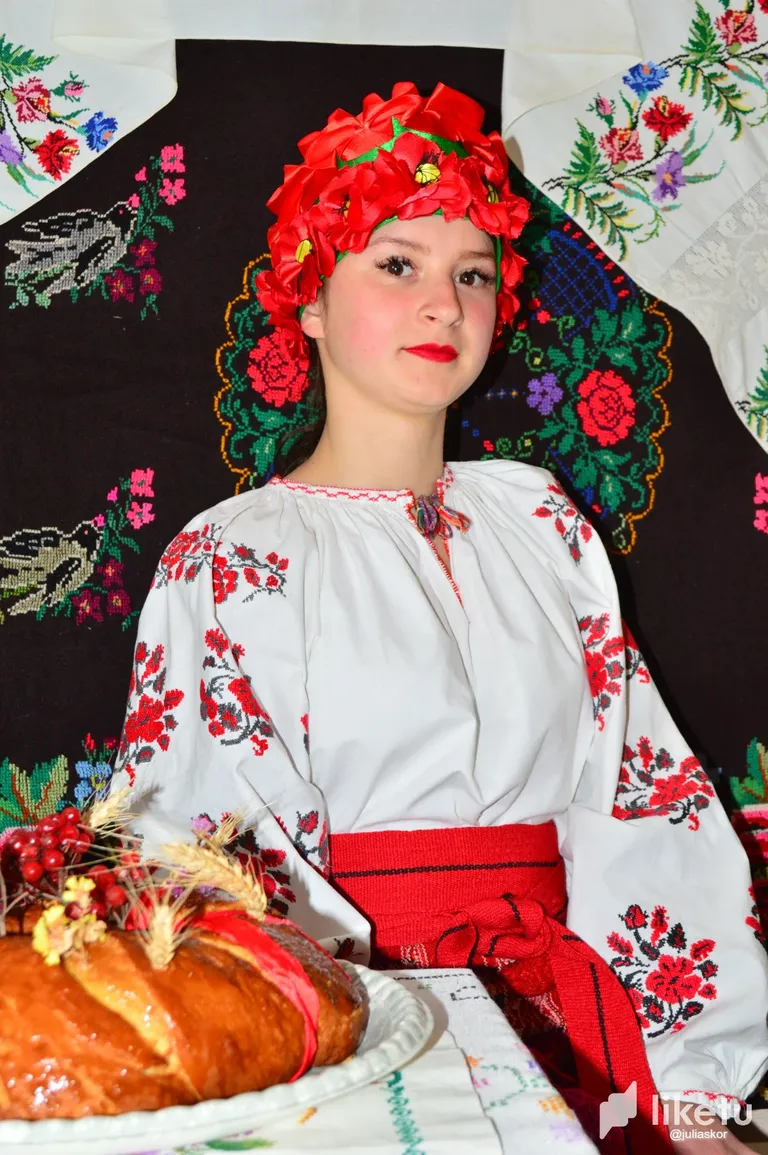

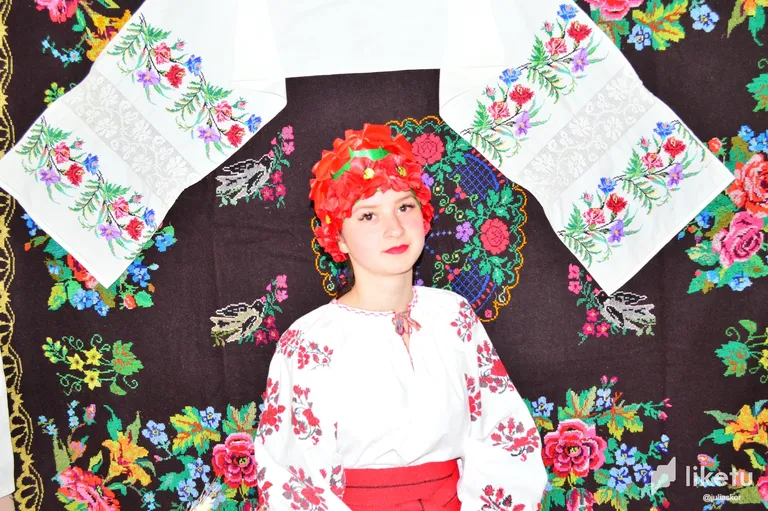
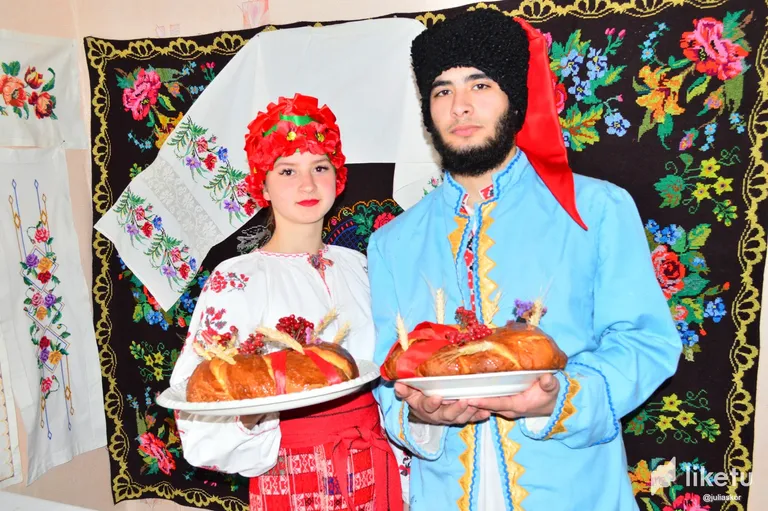
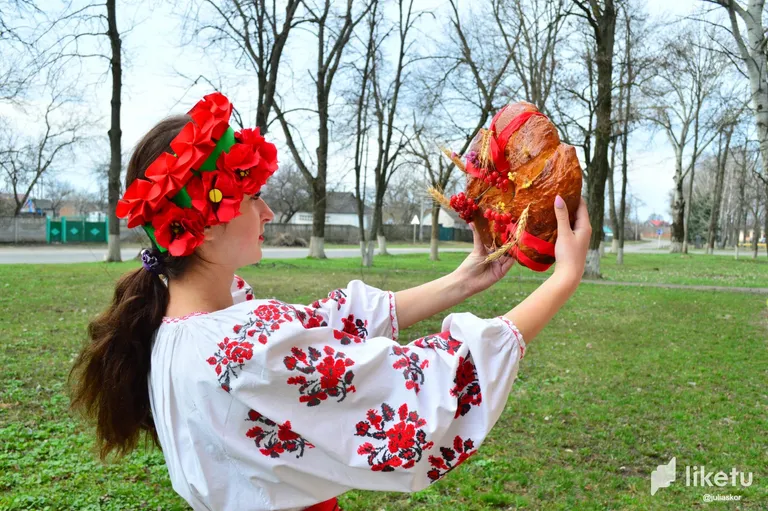
Привіт, друзі.
У одному з попередніх постів я розповіла про проєкт, над яким працювали мої учні. Це відтворення одного з найстаріших українських весільних ритуалів, пов’язаного з виготовленням обрядової випічки.
Все розпочалося із випікання Дивеня або Калача. Всі необхідні приготування та сам процес дівчата відтворили та сфотографували. А сьогодні настав момент самого весільного ритуалу.
Наш виріб вийшов високим та блискучим. Отже, якщо вірити передбаченням, у молодят повинна бути щаслива доля та вдалий шлюб. Прикрасили дівчата Дивені калиною, червоними стрічками, колосками та сухими квітами. Тут вже вони фантазували, обираючи традиційну українську рослинну символіку.
У день весілля, за традицією, наречений приходить до нареченої додому. Та йде він не сам, а зі своїми боярами. Тут його чекають різні перешкоди, які влаштовують подружки молодої. Вони вигадують різні перепони та завдання, які повинен виконати юнак, щоб мати змогу нарешті увійти до хати та забрати майбутню дружину, щоб вести її під вінець. Після всіх цих ритуалів, його зустрічає молода, яка дивиться на нього крізь отвір у Дивені і сипле пшеницею. Під суцільним «градом» із зерна, юнак повинен підійти до нареченої та зуміти поцілувати її. І лише потім, пара вирушає до церкви вінчатися.
Йдучи з батьківського дому, дівчина дивиться на сонце крізь Дивень. Робить вона це для того, щоб майбутні діточки були гарними. Ось чому така назва у цього весільного виробу, адже основне його призначення – дивитися крізь отвір. Як бачимо, в цій українській традиції знову ж замасковане древнє язичництво – пшениця, як символ добробуту, сонце, як дар для майбутніх поколінь.
Весілля раніше гуляли декілька днів. Після традиційного дня, у який відбувалося вінчання, гуляння продовжувалося та мало свою ритуальну основу. В основному, завершальним днем був понеділок. До цього Дивені ніхто не чіпав. А в понеділок, коли гості розходилися, ці традиційні вироби розламували та вручали всім по шматку.
Ми сьогодні, завдяки старанням учнів, знову побачили цікаве дійство, яке є нашим духовним надбанням. Після цього нас ще й смачної випічкою почастували. Було дуже приємно не лише через ініціативність дітей, а й через те, що вони мають реально сильне бажання дослідити та пізнати старі українські традиції та обряди.
Чесно кажучи, я теж багато чого дізналася нового і ритуали з Дивенем до цього для мене був абсолютно незнайомий. Сподіваюся, що молодь буде частіше звертатися до історичної минувшини нашого народу, збагачуватися духовно та морально, пізнаючи свою історію та досліджуючи життя наших пращурів.
Hi friends.
In one of the previous posts, I talked about the project my students were working on. This is a reproduction of one of the oldest Ukrainian wedding rituals related to the production of ceremonial pastries.
It all started with baking Diven or Kalach. The girls recreated and photographed all the necessary preparations and the process itself. And today the moment of the wedding ritual itself has come.
Our product turned out tall and shiny. So, if you believe the predictions, the newlyweds should have a happy fate and a successful marriage. The Diveni girls were decorated with viburnum, red ribbons, spikelets and dried flowers. Here they already fantasized, choosing traditional Ukrainian plant symbols.
On the wedding day, according to tradition, the groom comes to the bride's home. But he is not going alone, but with his boyars. Here he is faced with various obstacles arranged by the bride's girlfriends. They invent various obstacles and tasks that the young man must complete in order to be able to finally enter the house and take his future wife to lead her under the crown. After all these rituals, he is met by a young woman who looks at him through a hole in Diven and sprinkles her with wheat. Under a solid "hail" of grain, the young man must approach the bride and be able to kiss her. And only then, the couple goes to the church to get married.
Leaving her parents' house, the girl looks at the sun through Divin. She does this so that future children are beautiful. That is why this wedding product has such a name, because its main purpose is to look through the hole.As we can see, in this Ukrainian tradition ancient paganism is once again disguised - wheat as a symbol of well-being, the sun as a gift for future generations.
Before the wedding, they walked for several days. After the traditional day on which the wedding took place, the celebration continued and had its own ritual basis. Basically, the closing day was Monday. Before that, no one touched Divena. And on Monday, when the guests left, these traditional products were broken up and handed to everyone a piece at a time.
Today, thanks to the efforts of the students, we again saw an interesting event, which is our spiritual heritage. After that, we were also treated to delicious pastries. It was very pleasant not only because of the initiative of the children, but also because they have a really strong desire to explore and learn about old Ukrainian traditions and rituals.
To be honest, I also learned a lot of new things and rituals with Diven were completely unfamiliar to me before that. I hope that young people will more often turn to the historical past of our people, enrich themselves spiritually and morally, learning about their history and researching the life of our ancestors.
For the best experience view this post on Liketu